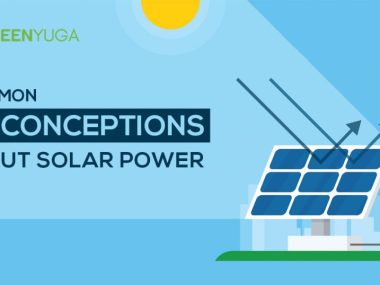How To Measure the Output Power of a Solar Panel
To gauge the power output of a solar panel, it’s essential to utilize a digital multimeter to gauge the voltage and amperage generated by the panel under varying light conditions. Understanding the power capacity of a specific photovoltaic panel is a crucial aspect of any solar energy system.
Solar power, as discussed extensively on this platform, constitutes a renewable method of generating electrical energy, commonly accomplished through photovoltaic solar panels, whether individually or interconnected in arrays.
Grasping the functioning of photovoltaic (PV) solar panels is fundamental, as many individuals presume, perhaps inaccurately, that upon purchasing a 100-watt solar panel, it will consistently deliver 100 watts of electrical power throughout the day. However, this assumption doesn’t always hold true, as the actual electrical power supplied at any given moment is contingent on factors like positioning and weather conditions.
Sunlight, being an intermittent energy source, fluctuates throughout the day, necessitating photovoltaic solar panels to function effectively under varying conditions. The efficiency of a solar panel is determined by the ratio of electrical power output to the amount of sunlight, or solar irradiance, absorbed by the panel.
Hence, ensuring the correct orientation of solar panels to receive maximum sunlight throughout the day is crucial. Larger panels have the capacity to generate more electrical power than smaller ones for a given level of solar irradiance.
Measurement of Solar Panel Power: The efficacy of photovoltaic solar panels can be assessed by analyzing the interplay between the panel’s voltage, current, and consequently, power output under diverse meteorological conditions, such as total solar irradiance.
Factors like panel inclination, ambient air temperature, and panel temperature significantly influence the power output of a solar panel.
Manufacturers rate their photovoltaic panels based on the DC output power at an irradiance of 1000 W/m² (full sun) and a panel temperature of 25°C to promote their products.
While a standard 12-volt PV panel theoretically produces a maximum terminal voltage of around 20 volts in full sunlight without any connected load, real-world scenarios see photovoltaic solar panels operating below these optimal settings, resulting in their output power being notably lower than the panels’ maximum rated output power.
To measure the output power of a photovoltaic solar panel, the basic approach involves multiplying the output voltage (V) by the output current (I) under maximum power conditions, yielding P = V × I, which forms the foundation of Ohm’s Law.












